Today, we’re going to be learning about sugar! Specifically, we are going to be learning about the different stages to which we can cook sugar. At the end of this experiment, we will have delicious pieces of candy that you can eat or share with your friends. Have fun!
Ingredients:
- 2 cups sugar
- 1 cup light corn syrup
- 1/2 cup water
- Pinch of cream of tartar
- Optional: food coloring
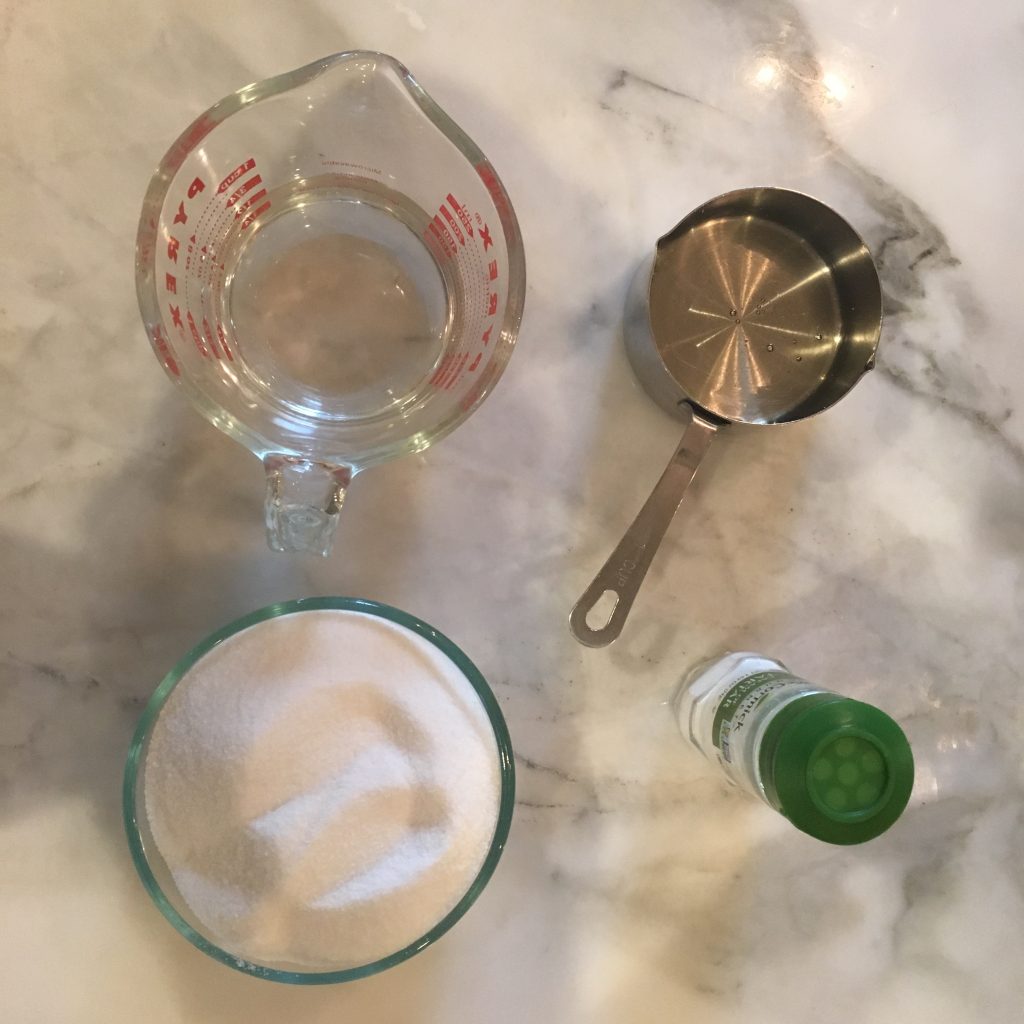
Steps:
- Line a pan with a silicone mat or cooking spray.

- Add the sugar, corn syrup, water, and cream of tartar to a medium pot.

- Heat the pot on medium-low heat and stir until it begins to boil. Stop stirring once it begins to boil.
- Place a candy thermometer in the pot.
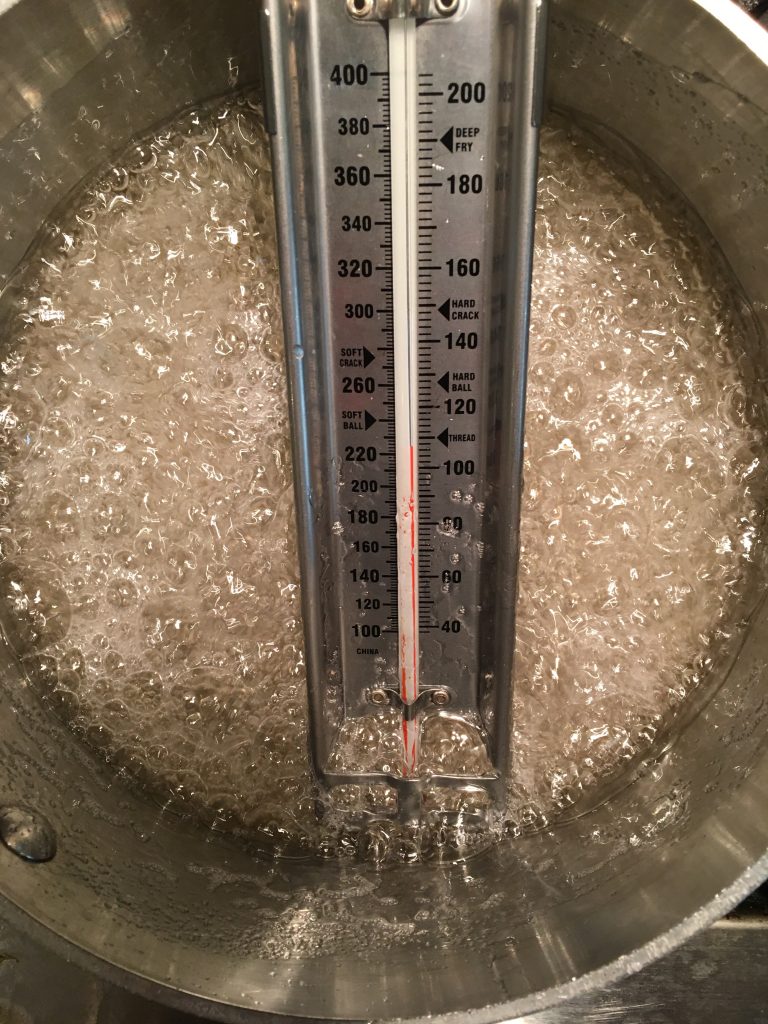
- Prepare a bowl with ice cold water.
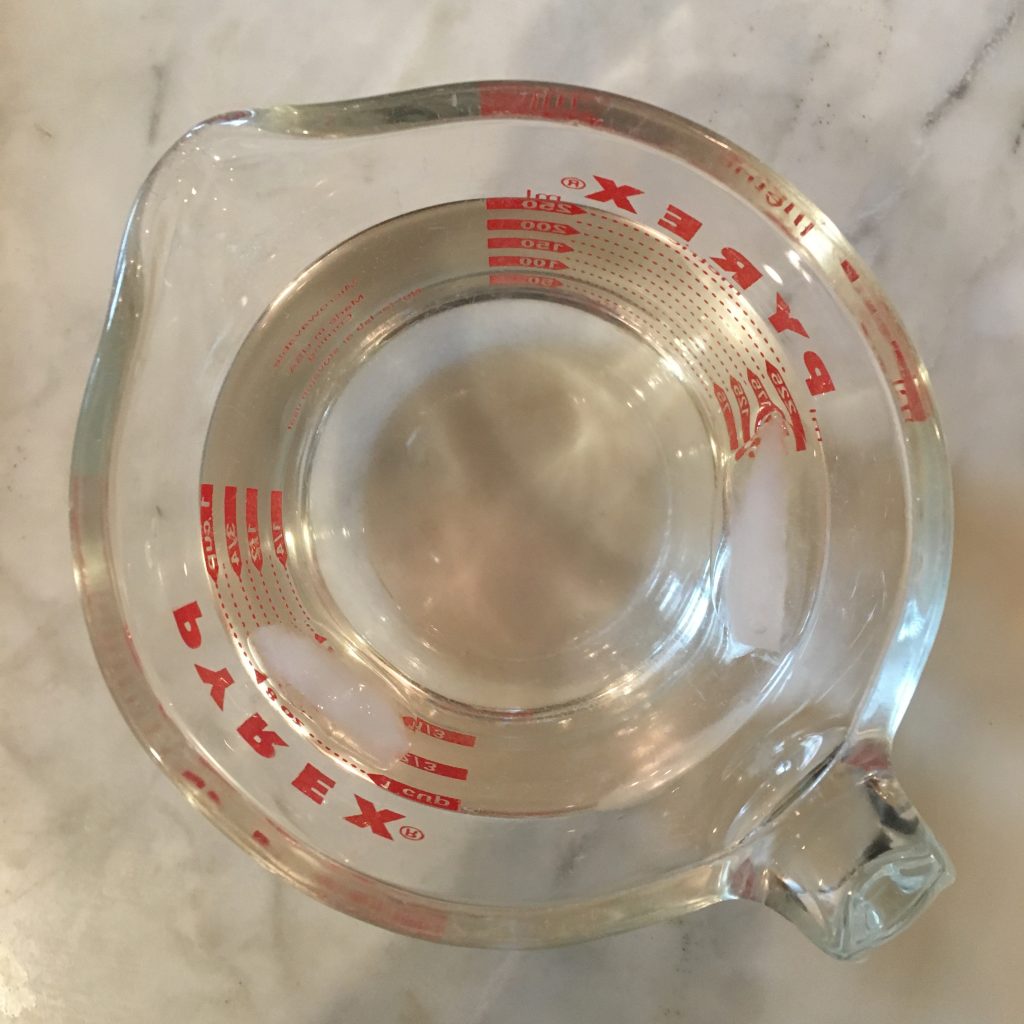
- At 240, 265, 275, and 300 degrees Fahrenheit, drop some of the solution into the ice cold water.
- Remove the sugar from the water and feel it with your hands.
- At 300 degrees Fahrenheit, remove the pot from the heat, add optional food coloring, and pour the sugar solution onto your pan.

- Wait for the sugar to cool, around 1-2 hours.
- Smash the sugar sheet.
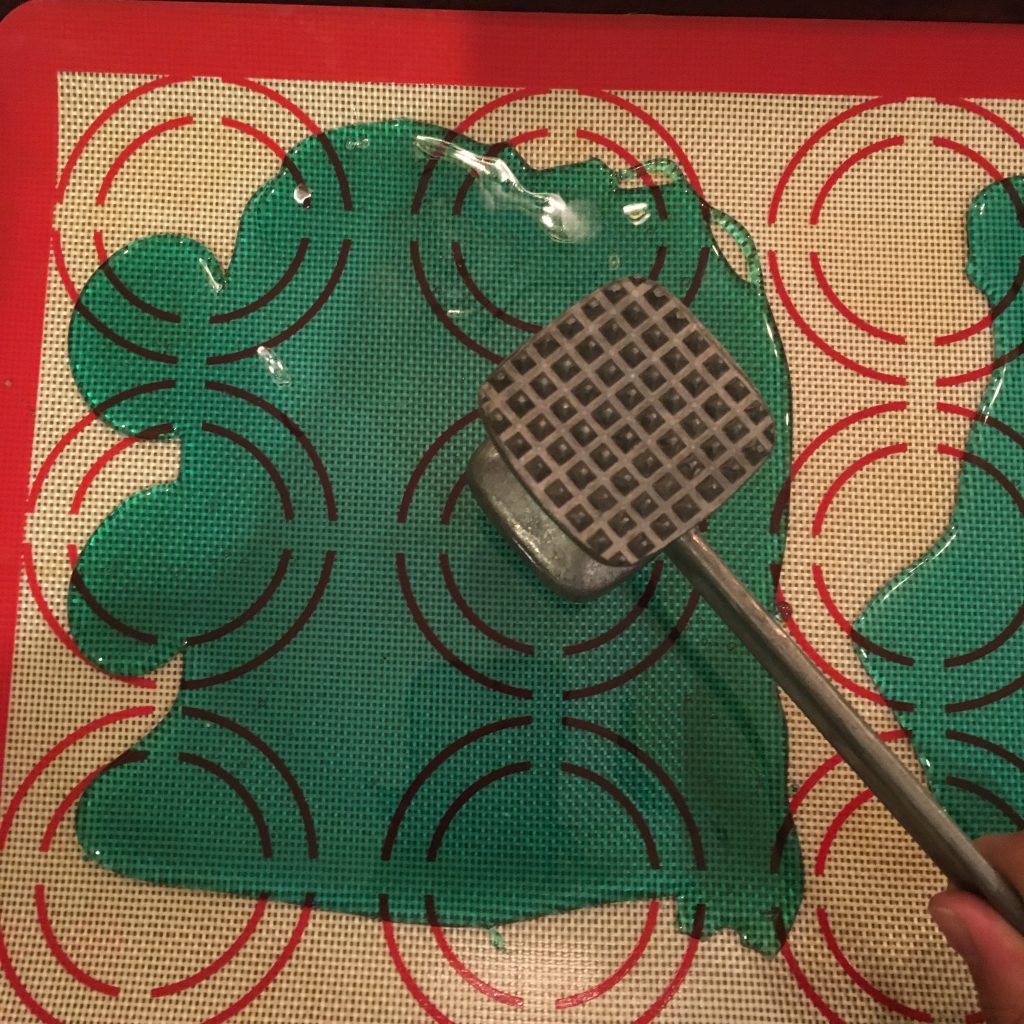
- Enjoy your pieces of tasty hard candy!

Now it’s time for the science!
As the sugar syrup is cooked, the temperature rises, the water boils away, and the sugar concentration increases. The temperature the sugar reaches tells you what the sugar will be like after it cools. Here are the different stages of sugar boiling:
- Soft-ball Stage (235° F–240° F): At this temperature, the sugar concentration of the solution is around 85%. When you drop the sugar syrup into the cold water, it is soft and flexible. Fudge, pralines, and fondant are made by cooking to the soft-ball stage.
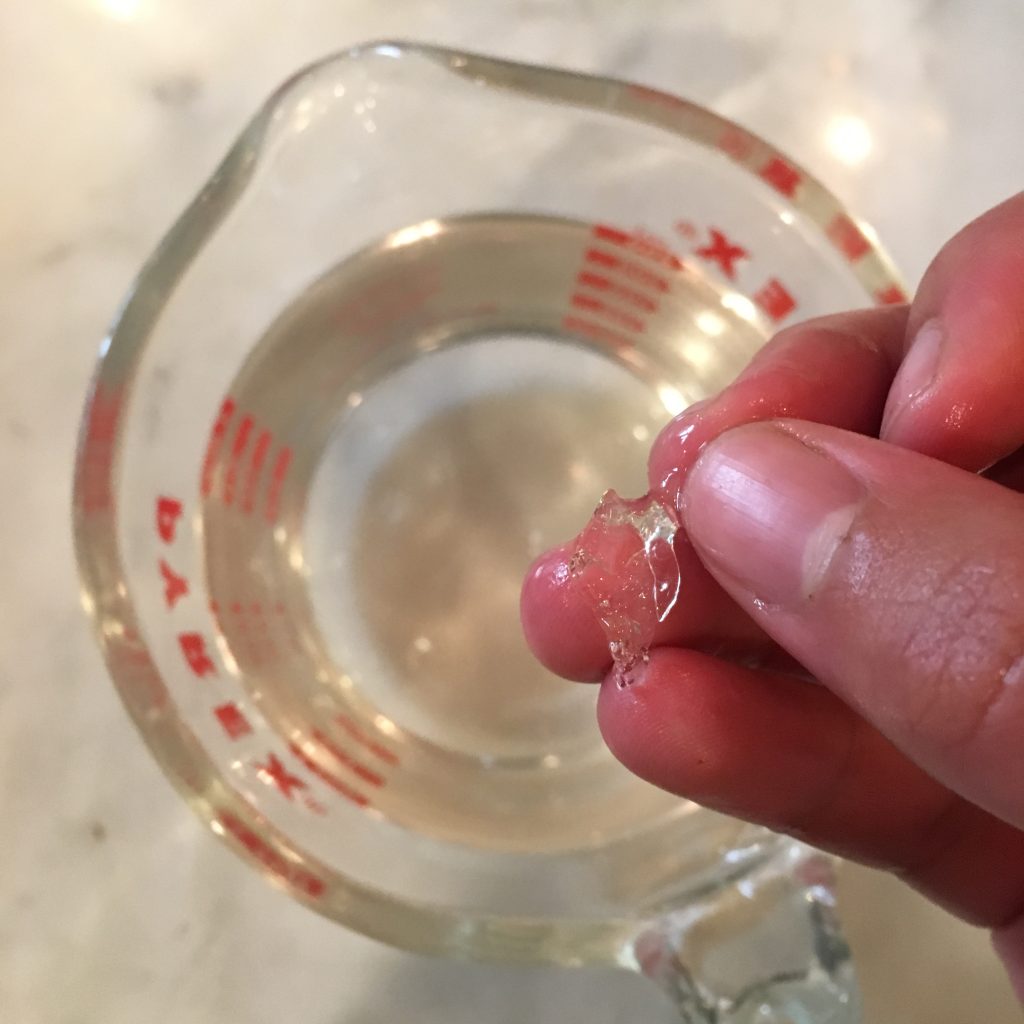
- Hard-ball Stage (250° F–265° F): At this temperature, the sugar concentration is around 92%. When dropped into cold water, the sugar becomes hard; however, if you squeeze the sugar in your hand, it will change shape. Nougat, marshmallows, gummies, and rock candy are cooked to the hard-ball stage.
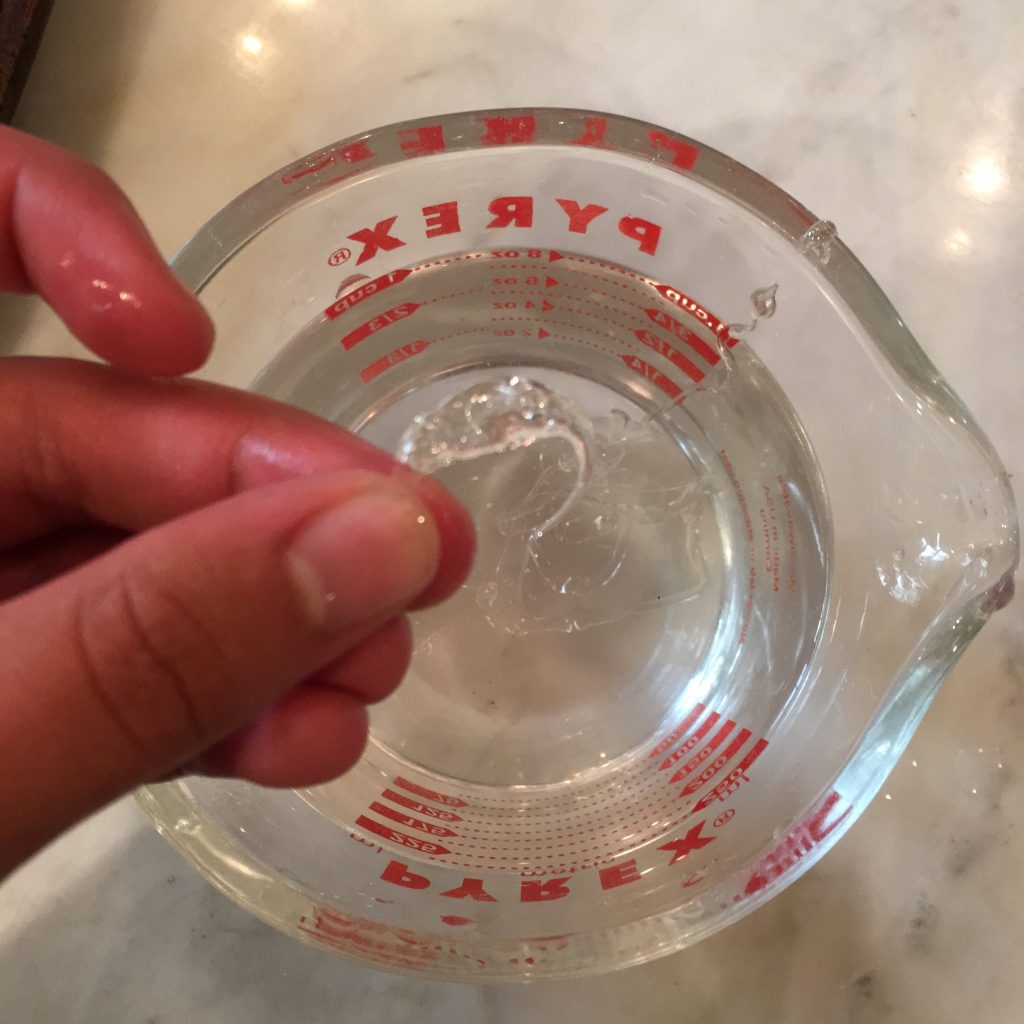
- Soft-crack Stage (270° F–290° F): The sugar concentration is around 95% at this temperature. This sugar becomes hard and flexible when removed from the water. Saltwater taffy and butterscotch are cooked to the soft-crack stage.
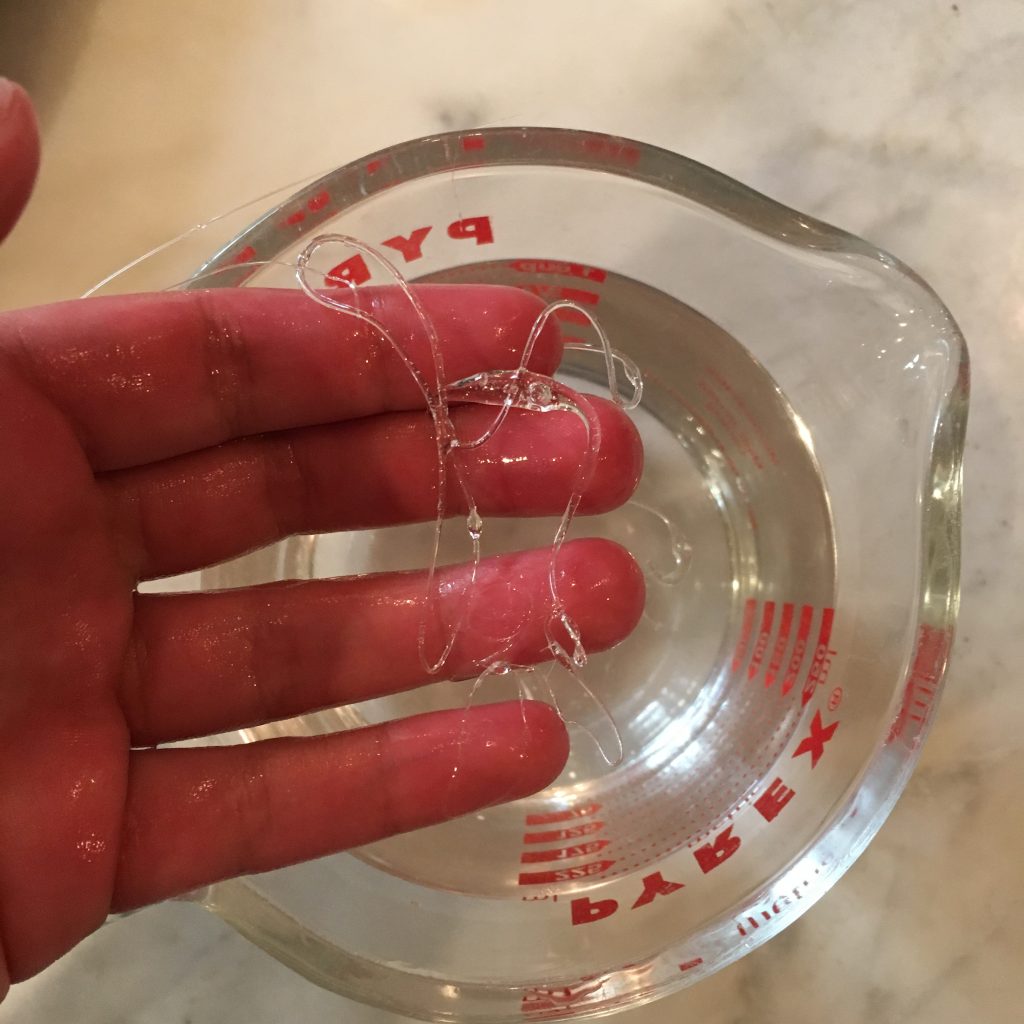
- Hard-crack stage (300° F–310° F): The sugar concentration is around 99% at the hard-crack stage. When dropped into cold water, the sugar becomes hard and brittle. Toffee, nut brittles, and lollipops are all cooked to the hard-crack stage.

“Candy-Making Stages.” Science of Cooking, Exploratorium, exploratorium.edu/cooking/candy/sugar-stages.html.
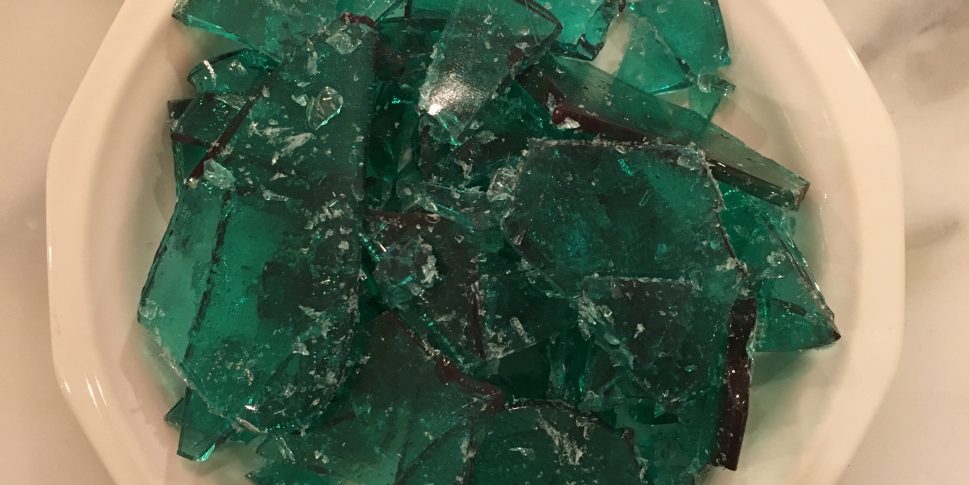
Molly
Keep up the good work,terrific job!
Leila
Looks like fun! Looking forward to your next post. We always learn something through your fun and interesting explanations. Thank you!
Leila
Great post! Looking forward to your next experiment. We always learn something through your fun and interesting explanations. Thank you!
Leila
Great post! Looking forward to your next experiment. We always learn something through your fun and interesting explanations. Thank you!
Stu
Hi! This is my first visit to your blog! We are a team of volunteers and starting a new initiative in a community in the same niche. Your blog provided us beneficial information to work on. You have done a outstanding job!
Leila
I miss your posts a lot. I always look forward to them. Do you know when you will be posting again?
Neda
I miss your posts a lot. I always look forward to them. Do you know when you will be posting again?
Julia
Hi, Neda! I have been very busy with schoolwork, but I am going to start posting regularly again. Thanks for reading my website!
Ellie
Really enjoyed this blog post. Much thanks again.
Ed
After checking out a handful of the blog posts on your site, I truly like your technique of blogging.
Yolanda
Awesome post. I am a normal visitor of your site and appreciate you taking the time to maintain the excellent site!